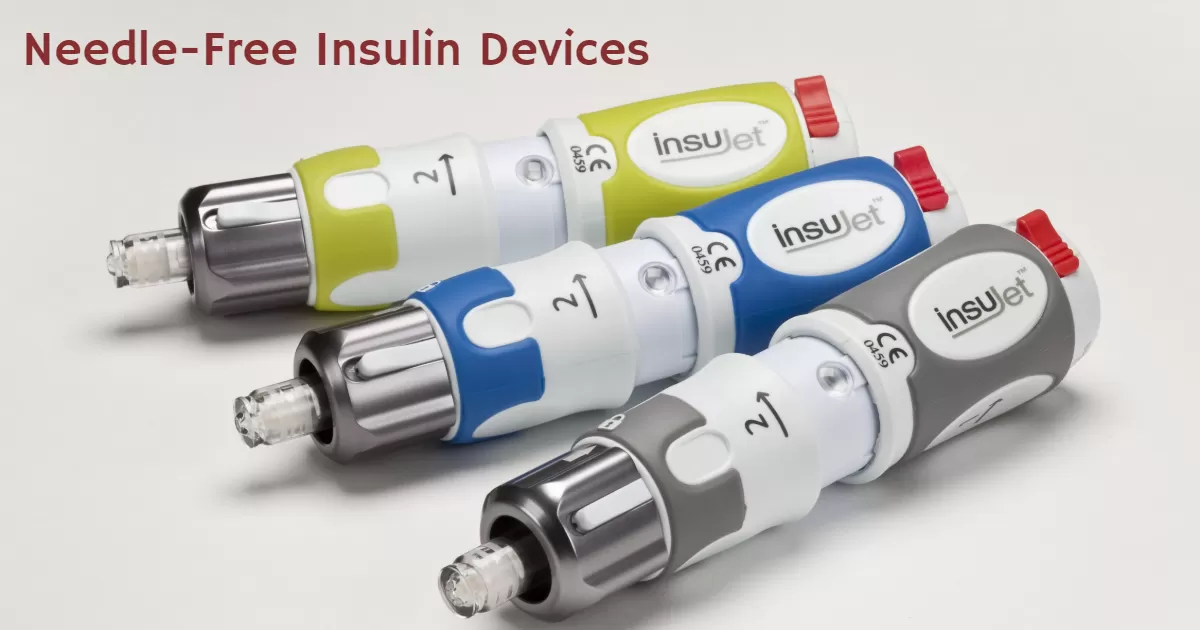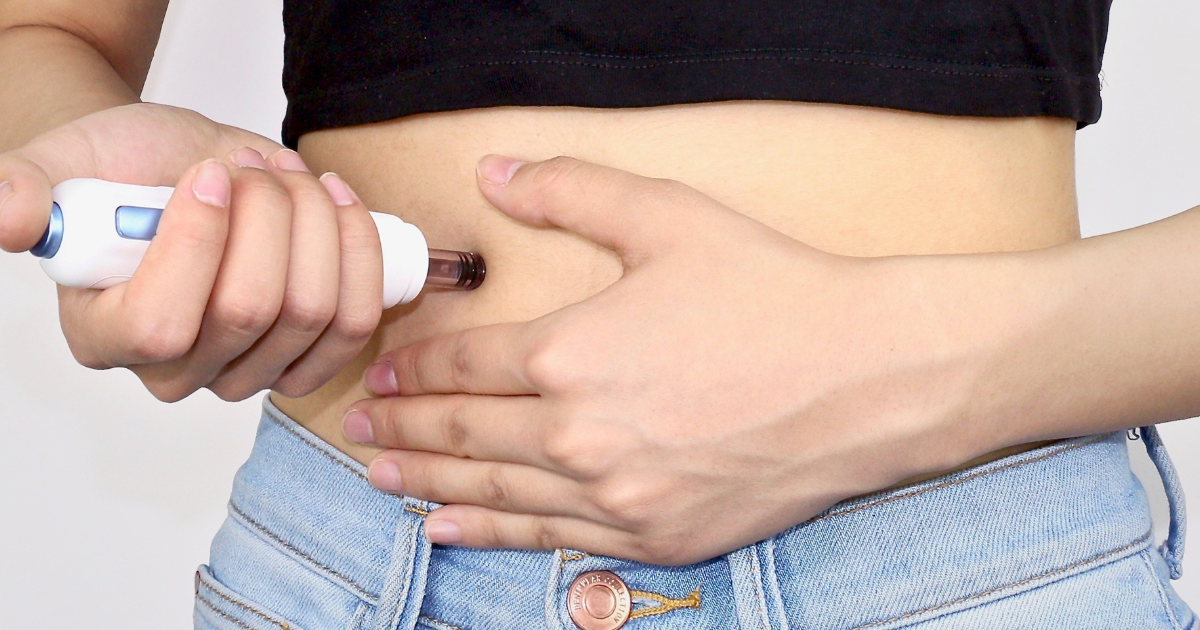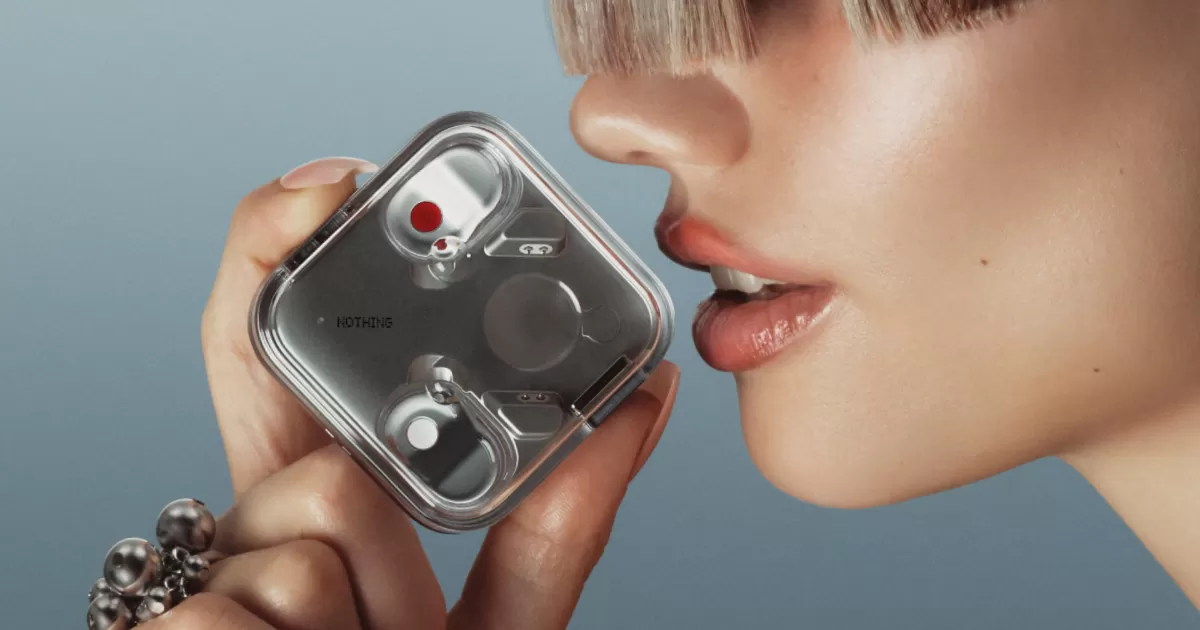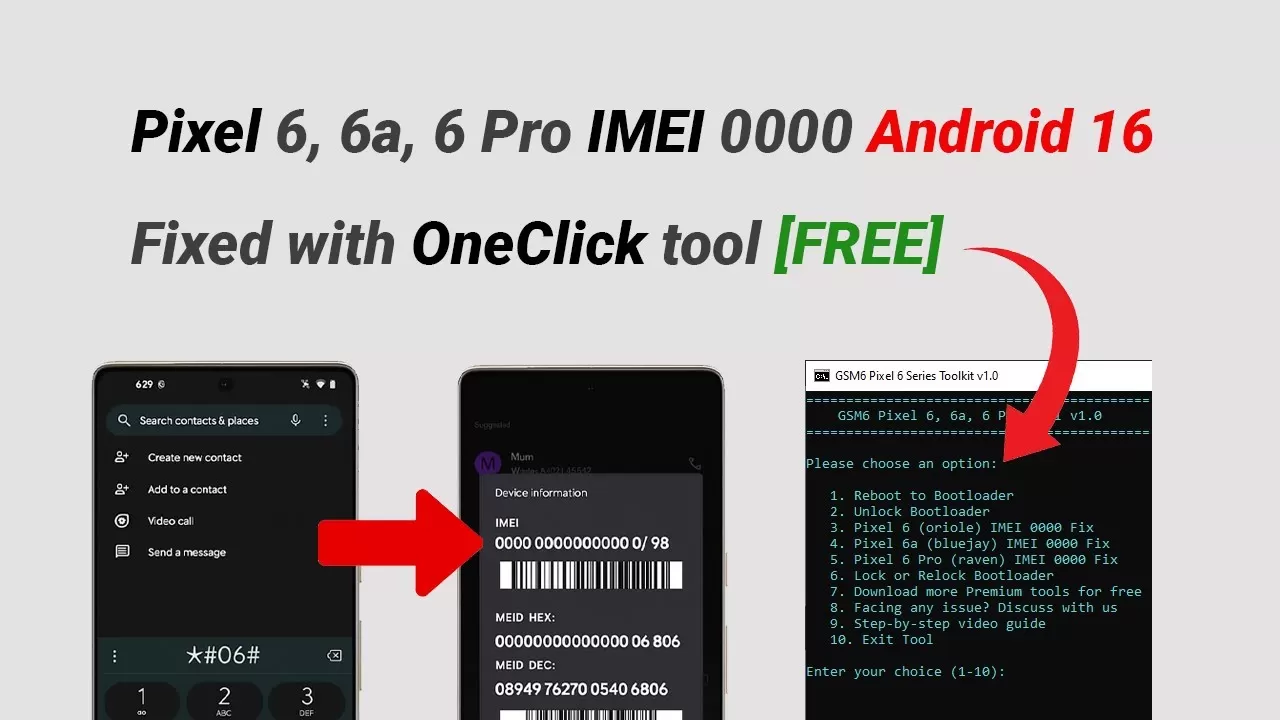
Needle-Free Insulin Devices
💉 The Future of Diabetes Care: Needle-Free Insulin Devices
For millions of people living with diabetes, daily insulin injections are a necessary but uncomfortable part of life. The fear of needles, pain from repeated pricks, and inconvenience of carrying syringes or pens can affect both physical and emotional well-being. But in 2025, that picture is changing fast—with the introduction of innovative needle-free insulin delivery devices.
These next-gen systems aim to deliver insulin through the skin without a traditional needle. Using technologies like high-pressure jet sprays, microneedles, and transdermal patches, they offer a more convenient and often less painful alternative. The potential? Better compliance, lower infection risk, and improved quality of life for diabetic patients everywhere.
🚀 What Are Needle-Free Insulin Devices?
Needle-free insulin devices are designed to administer insulin into the body without piercing the skin using a needle. Instead, they use alternative mechanisms to deliver insulin either through the skin or into subcutaneous tissue.
The most common types include:
- Jet Injectors: These devices use a high-pressure spring or gas to push insulin through the skin in a fine stream.
- Microneedle Patches: These contain microscopic needles that are so small, they’re virtually painless. They penetrate just the upper layers of skin to release insulin.
- Transdermal Systems: These use electrical impulses or ultrasound to help insulin cross the skin barrier without any physical puncture.

🧬 Why This Innovation Matters
Insulin therapy is crucial for people with type 1 diabetes and many with advanced type 2 diabetes. However, studies have shown that needle anxiety leads to skipped doses, incorrect timing, and lower long-term control. The World Health Organization estimates that poor medication adherence contributes to more than 50% of preventable diabetes complications.
Needle-free options change that. By reducing fear, pain, and hassle, these systems may encourage more consistent insulin use and reduce the risk of hospitalizations due to poor glucose control.
🧪 Real-World Devices Making Headlines
Several needle-free insulin systems are already making an impact:
- InsuJet™: A widely used jet injector approved in multiple countries, it delivers insulin using high-speed airflow, avoiding needles entirely.
- PharmaJet®: Originally used for vaccines, this tech is now being adapted for insulin delivery with promising trial results.
- MIT’s Smart Patch: A prototype that uses microneedles and glucose sensors to automatically release insulin when needed—no manual input required.
⚙️ Challenges and Limitations
While promising, these devices are not without drawbacks. Some users report mild discomfort or skin reactions, and the cost of advanced systems can be higher than traditional insulin pens. Additionally, fine-tuning the dosage accuracy with jet systems can be challenging, especially in pediatric or elderly populations.
But as technology advances and production scales, these issues are expected to decrease over time. Clinical trials are showing better and more consistent outcomes with newer generations of devices.
🌍 The Bigger Picture
Globally, diabetes affects over 500 million people. With healthcare systems already burdened, devices that improve patient autonomy and adherence can lead to fewer complications, less strain on hospitals, and better overall public health outcomes.
Needle-free insulin delivery also opens up opportunities for broader adoption in low-resource settings, where access to sterile syringes is limited, and stigma around injections remains high.
🎯 Final Thoughts
Needle-free insulin devices are more than a comfort upgrade—they’re a meaningful shift toward smarter, more humane diabetes care. As technology continues to evolve, these systems could become the new standard, not just the alternative.
If you're managing diabetes or care for someone who is, now is the time to explore these options. Speak with your healthcare provider about what’s available in your region, and stay informed—because the future of care is closer than you think.
Got thoughts or experiences to share? Drop them in the comments below. 💬
Stay healthy, stay informed! 🌟





Comments (0)
No comments yet. Be the first to comment!
Leave a Comment